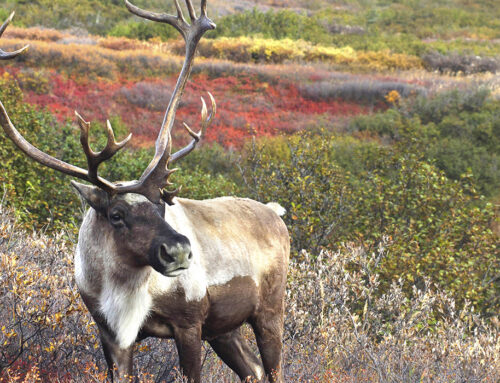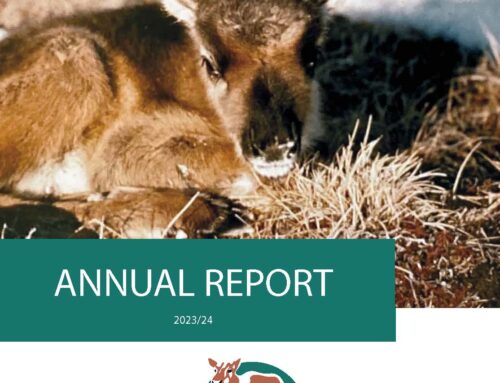With representatives from governments, industry, communities, non-profit organizations and others gathering in Rankin Inlet, NU this week to provide input to the Nunavut Planning Commission (NPC) about the 2021 Draft Nunavut Land Use Plan (NLUP), caribou people must speak up now.
Earl Evans, Chair of the Beverly and Qamanirjuaq Caribou Management Board (BQCMB) urges people who rely on caribou for food security to make their voices heard, either through their official representatives at the NPC public hearing or by attending in person. “With both the Beverly and Qamanirjuaq caribou herds in decline, we must do everything we can so they can recover their numbers and become stronger for future generations.”
Evans will be making a presentation on Friday morning on the need for the Land Use Plan to include full protection for the most important caribou habitats in Nunavut, both for caribou and for the people who rely on caribou. And while it is clear from the many community meetings that the NPC has held that there is broad support from caribou people for protecting these key caribou habitats, there are others who are not in support of the level of protection being proposed by the NPC.
“Our concern is that mining companies, governments and others want this level of protection–known as “Limited Use”–reduced to allow mining and other development activities in caribou calving and post-calving areas,” says Evans.
The 2021 draft NLUP proposes year-round prohibition of certain land use activities on specific areas important to caribou (calving areas, post-calving areas, key access corridors and areas near fresh-water crossings), as well as seasonal restrictions for most land use activities during calving and post-calving periods.
The BQCMB supports this, because even during times of year when the herds aren’t using these areas, their key calving and post-calving habitats still need to remain undisturbed. Otherwise, caribou cows and calves may be forced to look for new habitat elsewhere when they are most vulnerable, which creates stress on the animals and can contribute to their decline.
The BQCMB is not against development in Nunavut. “We understand the need for economic development,” says Evans. “But action is needed to protect the most important caribou habitats in Nunavut.”
“The relationship between caribou and people on the Beverly and Qamanirjuaq range has existed for thousands of years. All we are asking is that industrial development not be given a higher priority in this Plan than caribou, to ensure this relationship can continue in the future.”





